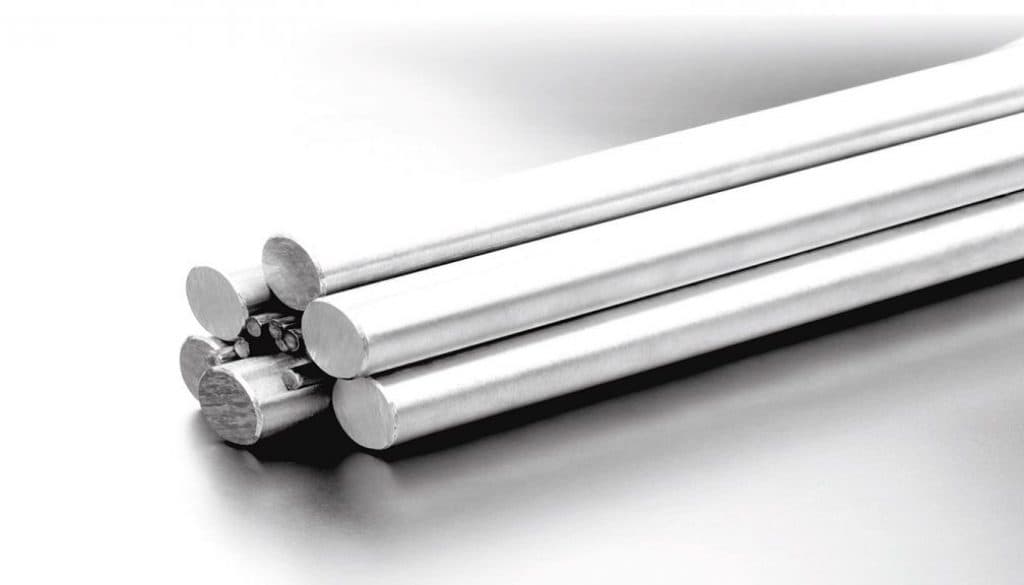
Customers often specify that they want to use stainless steel for a product but sometimes are unsure exactly what type of stainless steel to use. There are many types of stainless steel alloys. This blog post covers two common types of stainless steel: type 304 and type 201.
Each type of stainless steel alloy contains different formulations. Below you will find the composition of 304 and 201.
AISI Type 304 Stainless Steel
| Component | % by Weight |
|---|---|
|
Chromium, Cr |
18% Min |
|
Nickel, Ni |
8% Min |
|
Carbon, C |
0.08% Max |
|
Manganese, Mn |
2% Max |
|
Phosphorus, P |
0.045% Max |
|
Sulfur, S |
0.03% Max |
|
Silicon, Si |
0.75% Max |
|
Iron, F |
Balance |
AISI Type 201 Stainless Steel
| Component | % by Weight |
|---|---|
|
Chromium, Cr |
16% Min |
|
Nickel, Ni |
3.5% Min |
|
Carbon, C |
0.15% Max |
|
Manganese, Mn |
7.5% Max |
|
Phosphorus, P |
0.06% Max |
|
Sulfur, S |
0.03% Max |
|
Silicon, Si |
1% Max |
|
Nitrogen, N |
0.25% Max |
|
Iron, F |
Balance |
Type 304 stainless steel is sometimes referred to as 18/8 stainless. This is due to containing at least 18% chromium and 8% nickel. The high percentage of chromium provides superior corrosion and oxidation resistance. The relatively high percentage of nickel provides exceptional durability and toughness. 304 has excellent welding and forming properties. This has led to 304 stainless steel being one of the most common types of stainless steel in the marketplace. It is common in kitchen equipment, medical equipment, automotive, and other products.
Type 201 stainless steel was developed due to the high cost of nickel. Some nickel is replaced with a higher manganese content. In addition, 201 has less chromium than 304 stainless. These changes result in a lower cost compared with 304. However, these differences also mean that type 201 has less corrosion resistance than 304. It is also less durable than 304. Type 201 stainless steel has excellent welding and forming properties. It will work fine for many applications. The lower cost needs to be weighed against the differences in corrosion resistance and toughness. 201 stainless steel is used in kitchen equipment, household products, automotive, and other products.
Deciding on which type of stainless to use will depend on the application and your specific needs. In either case, after forming and welding your product, electropolishing will provide additional corrosion resistance and improve cleanability. See our blog on electropolishing. For more information on which type of stainless is right for your application, contact us at [email protected].